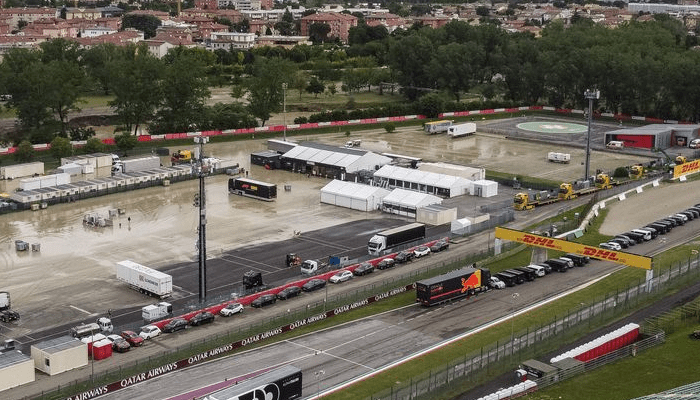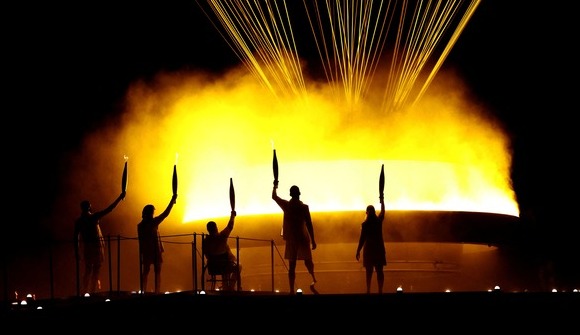
Formula 1 Triumphed Over a Pandemic, Yet Emilia Romagna Floods Prevail
Formula 1 surged past the challenges of the pandemic and successfully navigated through typhoons and earthquakes. However, the cancellation of the upcoming Emilia Romagna Grand Prix this weekend, as a consequence of severe rainfall and flooding in northern Italy, marks an uncommon setback for the sport.
The race at Imola is unlikely to find another spot this season due to the limited flexibility on a packed schedule that began out with a record 24 rounds and now appears set to wind up with 22.
The circuit has a contract that runs through 2025, therefore it is not in immediate risk of being abandoned. It has strong backing from Ferrari, and Stefano Domenicali, the head of Formula 1, was born in Imola and worked at the circuit as a young man.
In order to make up for this year’s loss, local organizers have said they will ask for an extension until 2026; nevertheless, the effects of the harsh weather may make the longer-term future less certain, particularly if flooding becomes more frequent in the age of global warming.
Italy is the only country in Europe with two races, and Imola stands out since it is next to a waterway. Imola was removed off the schedule for 14 years, from 2006 until 2020, primarily owing to financial concerns.
The Santerno river, which runs beside the circuit, greatly contributes to its historic appeal but also acts as an immovable boundary, limiting potential for growth and modernisation.
Ayrton Senna’s passing at the circuit in 1994 led to significant changes, but the paddock still feels small and congested when compared to the opulent facilities in the Middle East and the Americas.
The “weather window” will be smaller as F1 groups an increasing number of races by area in the future due to demands on all sports to decrease their carbon footprints.
While European races typically take place from May until the Italian Grand Prix at Monza in September, the four Middle Eastern events may only be conducted early in the season or at the end to avoid peak temperatures.
Additional instances of F1 losing to the elements
There have been some outliers, such as the 2000 British Grand Prix, which was staged in April but was cancelled due to mudslides in the parking lots. In the past, races have also been held in the southern hemisphere in January.
It’s difficult to plan the calendar when some events demand set dates and the sport is careful to avoid conflicts with other significant occasions.
Aside from pandemic-related cancellations, the sport has devised processes to adjust the schedule in the event of unfavorable conditions, making weather-related cancellations extremely rarer.
The shortest race ever was the 2021 Belgian Grand Prix, which featured two laps behind the safety car due to heavy rain.
The 1984 Belgian Grand Prix had to be rescheduled due to the track’s disintegration, while the 2011 Bahrain Grand Prix was postponed due to pro-democracy demonstrations and the accompanying crackdown.
Typhoons have long disrupted the country’s race at Suzuka, with qualifying for the 2004 race being moved to the Sunday due to the country’s event being moved from April to October in 1995 due to an earthquake.
In 2009, when the race at Sepang was stopped by severe rain, half points were given.
Snow fell over night at the October 1976 U.S. Grand Prix in Watkins Glen, and the Circuit of the Americas in Austin has previously seen significant rain and flash floods.
Other Interesting Articles
 Korean Lawmakers Rally Toward Crypto Rules in May after Grisly Murder Case: Report May 19, 2023
Korean Lawmakers Rally Toward Crypto Rules in May after Grisly Murder Case: Report May 19, 2023











